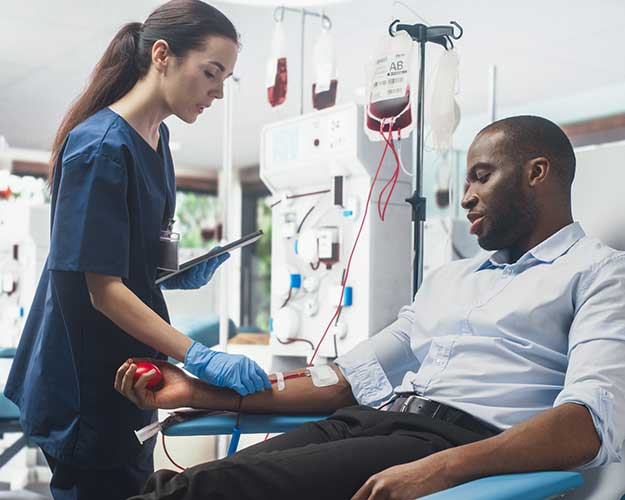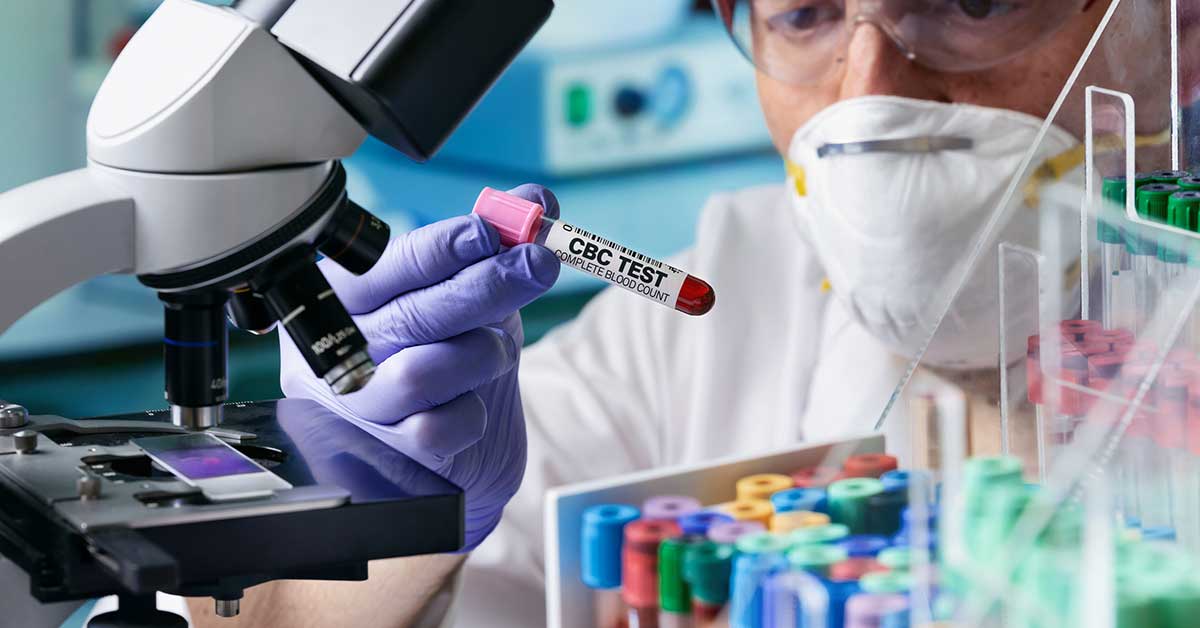Can A Blood Transfusion Change Your DNA?
Why would someone need a blood transfusion?
Blood transfusions are often a necessary and life-saving treatment option for patients experiencing symptoms of moderate to severe anemia or bleeding. Blood supplied from a donor undergoes a strict quality control and safety process. The blood is stored in a sterile, climate-controlled environment and undergoes several tests to make sure it is a match. This is important to reduce the risks of transfusion- related reactions which are rare, due to modern testing practices.

What’s in the blood?
Donated blood consists mainly of red blood cells, which carry oxygen from your lungs to the rest of your body and remove carbon dioxide. Red blood cells do not carry DNA nor change the DNA of the transfusion recipient. (DNA is the material in our cells that carries the genetic instructions for how our bodies grow, develop and function.
White blood cells do carry DNA and are only present in small amounts of donated blood. However, during a blood transfusion, white blood cells are removed through techniques known as leukoreduction and/or irradiation. White blood cells left over from this process are cleared by your own immune system and they do not have the ability to transfer their DNA. Rare exceptions to this are if you are a stem cell transplant patient or have an immunodeficiency syndrome.
Getting a transfusion
During a blood transfusion, blood is typically administered intravenously over the course of a few hours and individuals are monitored during this time for signs of reactions. Possible reactions are generally mild and easily treatable, such as fever or chills, itching or rash. In general, blood transfusions are well tolerated.
If you require transfusions or have required transfusions in the past for low blood counts or anemia, consult a hematologist, a doctor who specializes in diagnosing and treating blood disorders and diseases, for proper testing and treatment to improve your blood counts.






Comments